Susan Jane Gilman set "Donna Has Left the Building" partly in Michigan "as a valentine to being here"

Being a culinary ambassador for cookware. Acting as a dominatrix. Facing search and seizure laws in Tennessee. Helping the refugee crisis in Greece.
These are all things that author Susan Jane Gilman had to have known or learned about to include in her new novel, Donna Has Left the Building, said fellow author Polly Rosenwaike in conversation with her at Literati Bookstore on Thursday, June 6. There, Gilman shared stories from her life and research that led to writing about these situations in her book. Within these experiences, Gilman’s characters may be flawed and behave badly, but they also display tenderness and sympathy, added Rosenwaike.
As a writer, “You want to have empathy for all characters,” Gilman said. “I’m all of them.”
This novel has strong ties to Michigan. Gilman wrote Donna Has Left the Building “as a valentine to being here” in southeastern Michigan at the University of Michigan for her MFA and then teaching at U-M and Eastern Michigan University. Gilman, who grew up in the Upper West Side of Manhattan, found the Midwest to be a big contrast to the way she observed that people seemed to be constantly performing in New York.
Ann Arbor Art Center's "Peripheral Technologies" juxtaposes modern techniques with classic craft
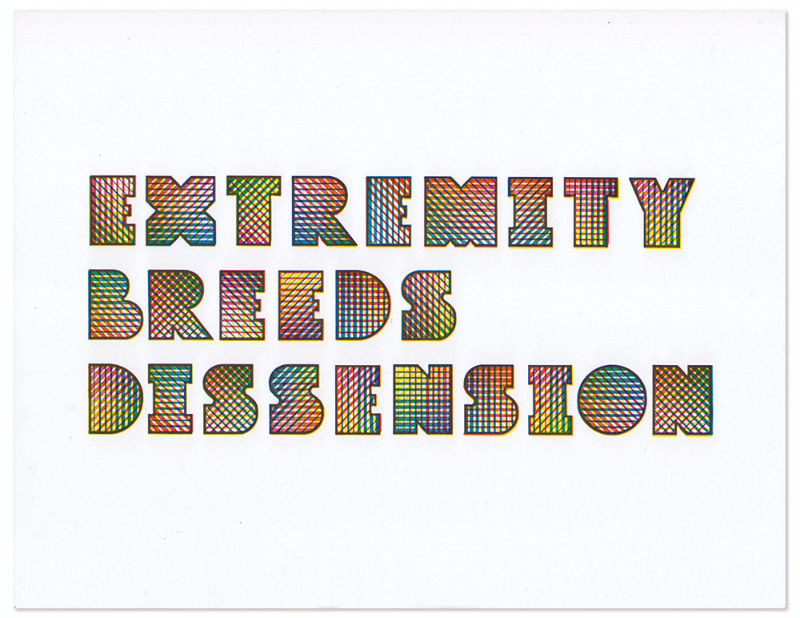
With Peripheral Technologies, curated by Thea Augustina Eck, the Ann Arbor Art Center continues its trend of bringing together a diverse group of voices who ask us, through their works, to reconsider the limits of fine art in an era when we are constantly being asked to do so.
The types of technology employed by the 12 artists -- and how they can be adapted for the creation of art -- are numerous, among them CNC (computer numerical control) machining, image scanning, computer-generated algorithms, and drone photography. Many artists pair emergent technologies with traditional or natural materials such as wood. These pairings create intriguing juxtapositions that ask viewers to consider our current technological moment in relation to manufacturing methods of the recent past. The artists come up with a different conclusion through methods, materials, and their finished works.
The Music of Life: “Fractured History: A Solo Exhibit by Aaron Dworkin” at Ann Arbor Art Center
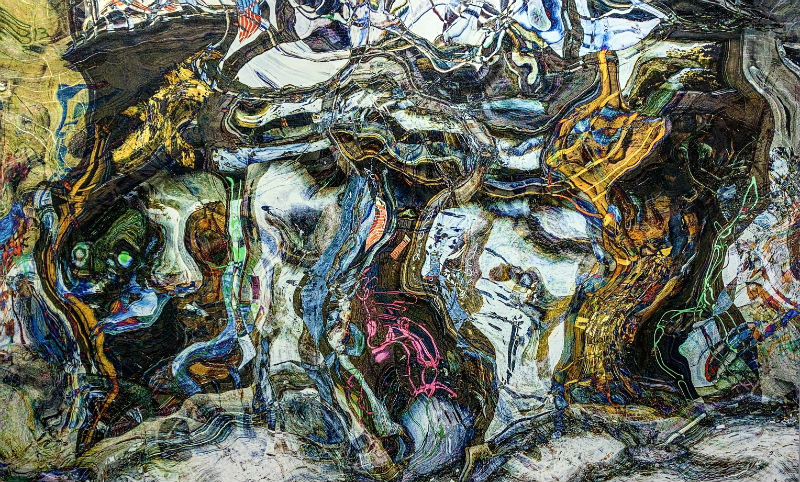
Aaron Dworkin's Fractured History exhibition is art in the key of life. His 11 artworks in the Ann Arbor Art Center’s entry-level gallery gives us a revealing glimpse of this authentic Michigan institution as well as his view of the world around us.
It would be a step too far to say the display is autobiographical. Dworkin is a bit too cagey to be revealed in his art, but his choice of themes and topics in Fractured History compensate for the otherwise lack of biographical detail.
After all, this a man who has already had enough rarefied experiences to fill a handful of lifetimes.
Living While Black: Theatre Nova’s production of James Ijames' “Kill Move Paradise” is powerful

The list is long, much too long.
Sometimes it seems like every few days a black American is gunned down by a police officer. They are often unarmed, unthreatening and involved in confrontations with the police that should have never escalated into deadly violence.
Sometimes the police officers involved go to jail, many times they don’t.
This tragic story of two American cultures in deadly conflict is the theme of James Ijames' play Kill Move Paradise, being presented in Michigan for the first time by Theatre Nova.
In a burst of blinding light, gunshots, and the cacophony of urban noise, a man is thrust on to a stage, a bare closed room from which he can not escape. It’s a sort of limbo, where he waits for a judgment about what it was that brought him here. He is a fatal victim of police violence. He is in turn followed by three other black men into this limbo. As one victim says, it reminds him of an episode of the old Twilight Zone TV show.
And they are in a show because the audience is visible to the four men. They comment on the audience and come to believe that the audience will decide their fate. In this case, and Ijames must have thought in most cases, the audience at Theatre Nova’s opening night was primarily white.
This message is for them.
Contemporary Collage: "Odds & Ends" at the Ann Arbor Art Center
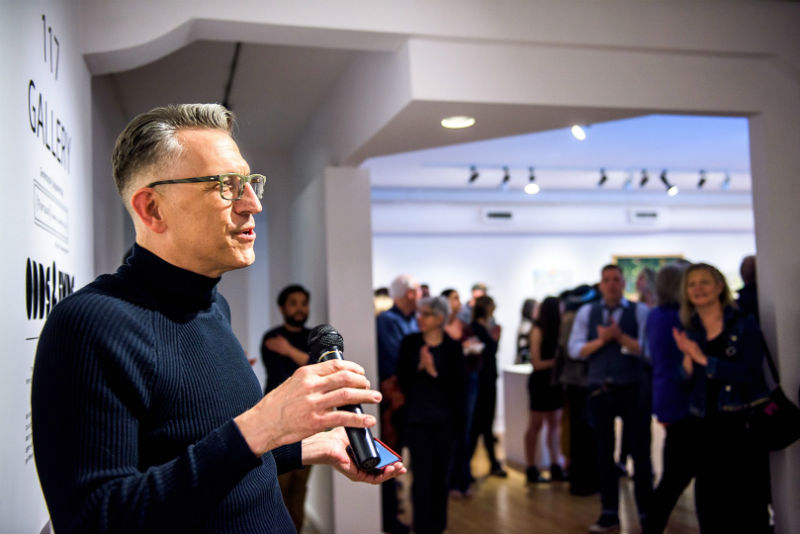
Ann Arbor Art Center’s latest juried exhibition centers on the art of collage. Aptly named Odds & Ends, the show brings together an array of works that represent contemporary artists’ engagement with the tradition. From mixed media to digital collage, Odds & Ends offers a diverse collection of accomplished works.
Ann Arbor artist John Gutoskey juried this exhibition. Gutoskey works as a designer, printmaker, and collector. He currently owns JG Studio and the A2 Print Studio in Ann Arbor. The Ann Arbor Art Center describes Gutoskey’s style of producing art and collecting by saying:
In the 1990s, John returned to his studio with a newfound interest in making art on his own terms, and it resulted in an outpouring of new work. Exploring the media of assemblage (through found objects), collage, printmaking, and installation, he was inspired by the works of Joseph Cornell, Betye Saar, Lucas Samaras, outsider art, Art Brut, and religious art to evolve his own unmistakable style: a perfect mirror for his gregarious, highly animated personality. The obsessive collector in Gutoskey met the trained visual artist half-way.
Gutoskey’s background in assemblage and collage is a perfect match for the content of this exhibition, which includes 2-D collage work, sculpture, mixed media works, and assemblage. Gutoskey selected winners for Best in Show, Second Place, Third Place, and three honorable mentions:
Arrested Motion: “Helen Gotlib: Secret Beaches” at WSG Gallery
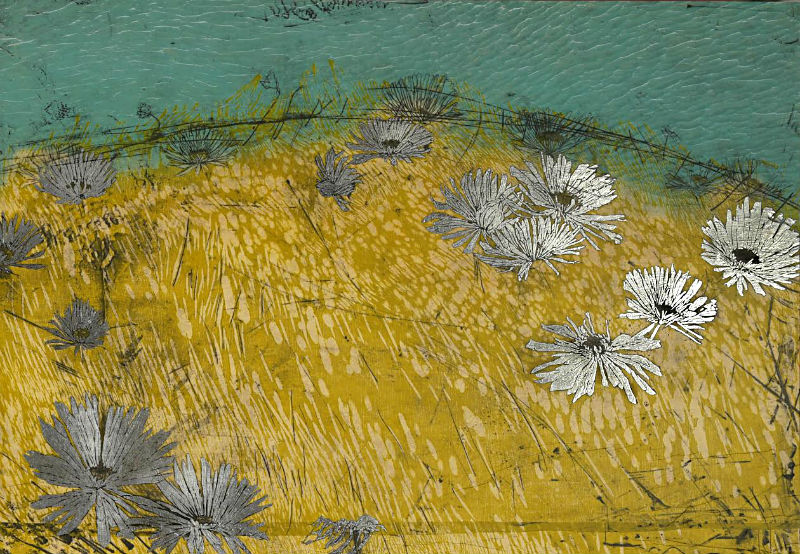
Ann Arbor printmaker Helen Gotlib is a master of the art of slow motion. It’s there in plain sight in her Secret Beaches exhibit at the WSG Gallery.
Gotlib’s vision of such arrested motion is an integral aspect of her mixed-media printmaking. It’s an intricate element of her work that follows apace in her handful of prints from composition to completion.
In large part, this suspended movement is due to the sheer complexity of Gotlib’s art. In any single artwork, there are combinations of woodblock printing, intaglio printing, acrylic paint, India ink and gold or palladium leaf on her carved birch panels.
As Gotlib says in her artist’s statement:
Rapid, Radical Change: "The World to Come: Art in the Age of the Anthropocene" at UMMA
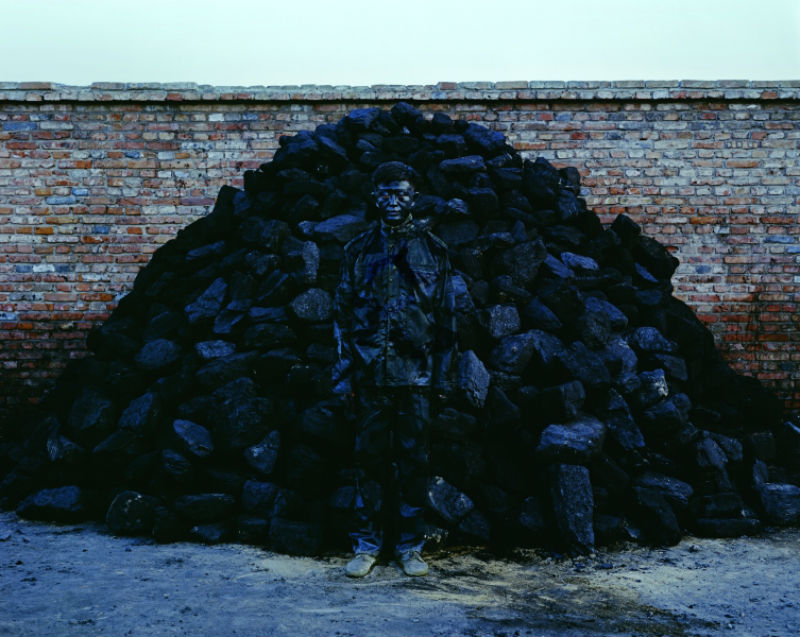
The day after I saw the University of Michigan Museum of Art’s current exhibit The World to Come: Art in the Age of the Anthropocene, I saw this headline on the front page of The New York Times: "Report Details Global Shrink in Biodiversity." It was accompanied by images of bleached coral and strangled sea turtles. On the same page, I saw a picture of Lady Gaga in black lingerie on the steps of the Metropolitan Museum of Art, vamping for the cameras on the occasion of the annual Met Gala.
I like to think I would have been shocked by this juxtaposition of the catastrophic and the trivial before I saw the exhibit, but I’m not sure. We live in an age of distraction and it’s easy for us humans -- famous for our short attention spans -- to lose sight of the enormous challenge posed by global warming. The World to Come makes the point, devastatingly, incontrovertibly, unforgettably, that we live in an era of rapid, radical, and irrevocable ecological change.
The show, curated by Kerry Oliver-Smith of the Harn Museum of Art at the University of Florida, hits you right between the eyes with images of humanity’s effect on the natural environment -- and it keeps on hitting. Sections of the show are broken down into categories such as "Deluge," "Consumption," "Extinction," "Imaginary Futures," and the like, categorizing the environmental outrages to make the enormity of the subject (and the size of the show) comprehensible.
It’s ironic that an exhibit devoted to destruction and climate disaster should be so very beautiful but ... well, there it is.
Neighborhood Theatre Group Brings the Laughs with Original Sketch Comedy Show "Trending Now"

Ypsilanti's Neighborhood Theatre Group closes their 2018-2019 season with original sketch comedy show Trending Now, highlighting the humor found in "fads, fashion, and fandom."
NTG has always had its hand on the pulse of popular culture. In previous seasons, their annual sketch show has asked, "What is love?" (Sketchual Healing, 2017) and "Can I Help You?" (focused on customer service, 2018). There is catharsis in poking fun at ourselves (and each other) and having a good laugh.
Topics this time around include a Klingon wedding, Grandma's misuse of internet initialisms, Lite-Brites, spoiler alerts, who is the best Doctor Who, dance-offs, how Facebook knows our every desire, #RaisingAwareness, and a rousing game of Craft Beer or Race Horse? with audience participation (it's harder than you might think).
Jazz Is: Guitarist Elden Kelly and The Outrospectives play “Dancing Light: Music of Gregg Hill” at Blue LLama

In college, I had a professor who used to enjoy asking the students in jazz history class to define jazz. He would say, “What is jazz?” and then sit back and listen to us try to answer this seemingly basic question. We know it when we hear it, but since we can’t quite put our fingers on what makes something “jazz,” we use other words like bebop, post-bop, modern, avant-garde, free, and fusion to help us out. Usually, I deplore circular reasoning, but when it comes to impossible questions, sometimes the answer is in the question itself. Jazz is what jazz musicians do. What’s a jazz musician? A person who plays jazz is a jazz musician. What’s jazz again?
On May 9 I attended the CD release show for The Outrospectives' new record, Dancing Light: Music of Gregg Hill, at Ann Arbor’s Blue LLama Jazz Club. Guitarist Elden Kelly assembled this band to play compositions by Gregg Hill. Elden arranged the music for a specific quintet of gifted musicians, and he worked with Hill to transcribe the music over the course of the past six years. What made this concert exciting were the ways in which this group and the music it played were both firmly rooted in jazz traditions, while simultaneously breaking new ground and bringing in non-jazz elements (or at least elements that are not traditionally associated with jazz).
The group itself is almost a traditional quintet, but with some caveats.
Pop-Up Exhibition Melts Notions: "Butter" dishes up 80+ options to serve the food

Some things are designed for specific uses only, while other items could serve a variety of functions. Examples might be socks versus a blanket, or a planner versus blank paper. In the realm of food, a butter dish serves a singular purpose among other tableware. This quality makes butter dishes less common, said Margaret Carney, director of the International Museum of Dinnerware Design in Ann Arbor.
The question then becomes, “What would you want to have your butter in?” according to Carney.
The exhibit Butter provides more than 80 answers to this question in the form of invited, juried, and museum pieces all designed to hold butter or related to butter in some way. The show is a pop-up exhibition curated by the International Museum of Dinnerware Design and on view at the Museum on Main Street, which is owned by the Washtenaw County Historical Society, through a partnership between the museums. Butter is available to visit from April 6 to August 25, 2019, on Saturdays and Sundays from noon to 4 p.m. and weekdays by appointment. Admission is free.
Carney will give a presentation related to the exhibit, called “Butter Extravaganza,” Sunday, May 12, from 3-5 pm at the Traverwood Branch of the Ann Arbor District Library.
Despite butter’s ubiquity as a condiment, ingredient, flavoring, and cooking medium, the way in which it is dished up might not always have much ceremony around it. Plastic tubs of butter from the grocery store can be easily shuttled between the refrigerator and table without needing a dish. Restaurants often supply little wax-wrapped or tiny plastic containers alongside bread. Yet, butter dishes, often lidded, can be part of a set of dishes or standalone pieces.


































